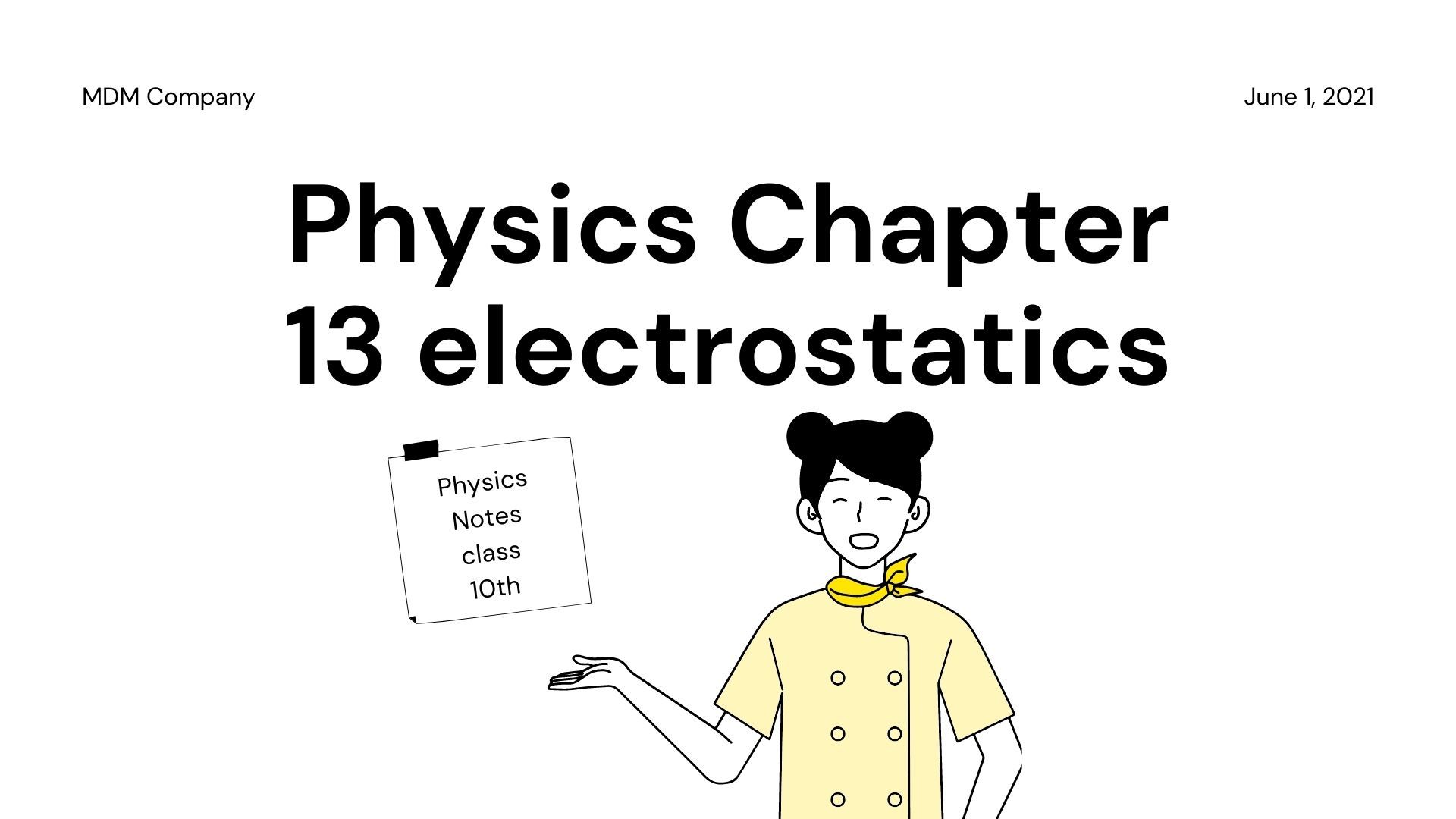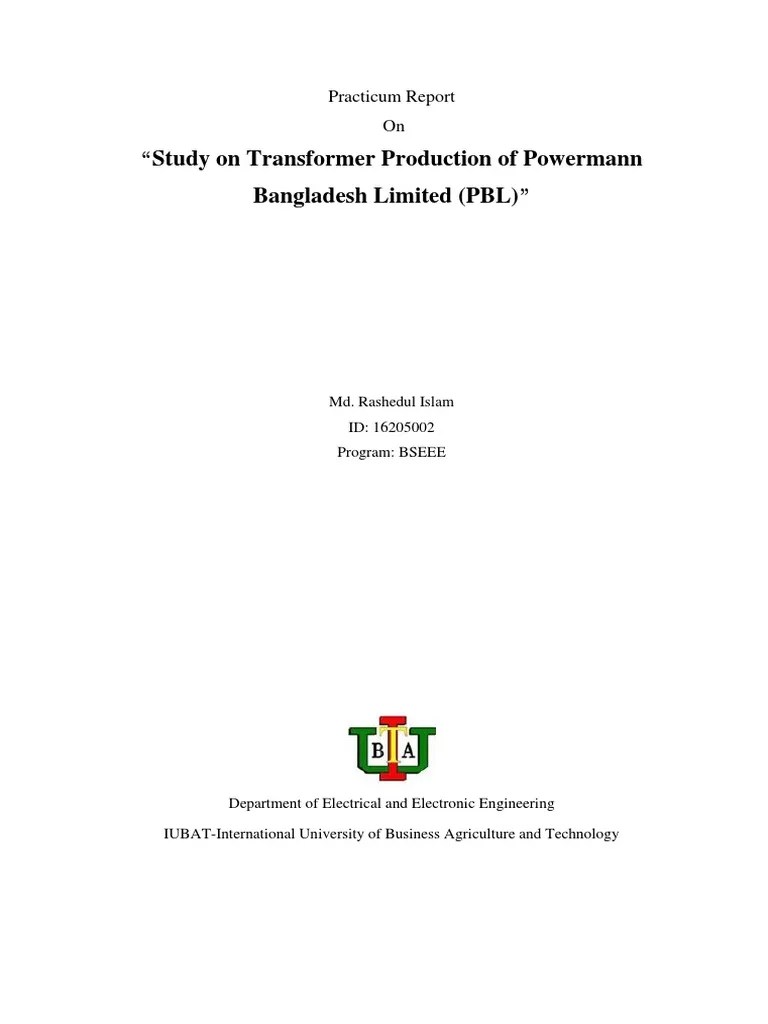Class 12 Physics Notes Fbise A C Circuit Key Points And Formulae – KPK Class 10 14 Physics Class 10 Current Electricity Important Questions, Conceptual Questions, Difficult Questions, Short Question, Long Question and Numerical Questions.
XYZ Class Notes Conceptual Questions Physics Class 10 Electrical Notes Unit 14 Q.1) Since water is made up of protons (charge +e) and electrons (charge -e) atoms, does water flowing through a pipe conduct electricity? Explanation.
Class 12 Physics Notes Fbise A C Circuit Key Points And Formulae

No, water flowing through pipes does not conduct electricity. Electric current is the flow of electrons from the negative terminal to the positive terminal due to a potential difference. A water molecule is completely neutral and its flow does not create an electric potential. Therefore, there is no current in the tube.
Chapter 16 Notes
Q.2) The car has two headlights, if the filament of one headlight burns out, the other headlight will burn out. Are the lights connected in series or parallel?
The headlights are connected in parallel. In parallel combination, the circuit has more than one path. So if one bulb burns out, the resistor (filament) of the other bulb keeps the current flowing.
Q.3) Qurat-ul-Ain’s circuit needs a 100-ohm resistor, but it only has 300-ohm resistors. What can he do?
That equivalent resistance is “R.
Class 12 Physics Notes For Fbise (with Free Pdf)
Q.4) Several lamps are connected to one socket. Do they give more light when connected in series or parallel? Why?
If we want the lamps to have maximum light, they should be combined in parallel.
Reason: In a parallel connection, the voltage across each bulb remains constant. Therefore, the brightness of each bulb is the same, and the brightness of the bulb does not gradually decrease.
Q.5) Why do the bulbs seem to stay on almost all the time and not after some time.
Et Lab Manual
The function of the lamp is to provide heat energy at the cost of electricity. In other words, they convert electrical energy into thermal energy, while emitting a small amount of light.
Q.6) Why can birds get electrocuted on high voltage wires?
Birds’ feet are insulators. Therefore, the potential difference between the bird’s legs and the wire is zero. This means that the bird can hang onto the high-voltage wire without being electrocuted.
Question 7) An electrician working on “straight” circuits wears insulated shoes and holds one hand behind his back. Why?
Kpk Class 11 Computer Science Notes Chapter 2 (computer Memory)
Wears insulated shoes to protect against electric shock. This prevents them from putting their feet on the ground.
And the reason they hold one hand behind their back is to reduce the chance of touching the ground with a wire or conductive object.
Question 8) Why is it dangerous to turn on a light bulb in the bathroom?

The human body is an excellent conductor of electricity. Therefore, when a person in the bathroom tries to light a fire, he can get electrocuted and die.
Physics Notes For 10th Class Chapter 15
Circuit breakers, devices, and switches are “live wires” because they carry current. If the current exceeds the limit, it breaks the circuit.
Electricity Current Important Questions Class 10 No 14 Q.1) Define electric current. What units are they measured in? Briefly discuss the direction of the current flowing through the conductor.
“If an electric charge flows through a conductor for one second, the current produced in the conductor is one ampere.”
Direction of current through a conductor: The normal direction of current is the flow of positive charges.
Computer Hardware Federal Board 9th Class Ssc 1 Past Model Papers 2015
In conductors (such as metals), the actual flow of current is caused by electrons flowing from the negative terminal to the positive terminal of the battery. However, before the electrons are released, even for the positive leads to the negative terminal of the battery.
In 1926, German scientist George Simon Och conducted several experiments and found that if we keep temperature and other physical conditions constant, the current flowing through a conductor is directly proportional to the applied voltage.
According to Ohm’s law, if we connect one wire to a 3 V battery and the other wire to a 1.5 V battery, the current in the first wire will be twice that of the second wire. There is another factor that affects the current in a wire called resistance. Current and resistance are inversely proportional to each other, that is, if you double the resistance, the current will be halved.
An experiment set up to test Ohm’s law is shown in figure (a). If we draw a graph between applied voltage and current, it gives us a straight line as shown in figure (b).
Class 12 E Updates.com
Ohm’s law only applies to materials that are metallic conductors. Ohm’s law does not apply to all materials whose temperature cannot be kept constant.
According to Ohm’s law, resistance is the ratio of the voltage V across the conductors to the mathematical equivalent current ‘I’ it carries.
If a potential difference of one volt is applied across it and a current of one ampere flows through it, the resistance of the wire will be one ohm.
Q.5) What is series combination of resistors? How can we determine the equivalent resistance of different resistors connected together?
Practicum Report On Manufacturing Transformer
In series resistors, current flows through each resistor in turn.
The series is combined as shown in the picture. Now let a current I pass through the circuit, it passes through each resistance one by one, the same current I passes through the resistance R.
Q.6) What is parallel connection of resistors? How can we determine the equivalent resistance for different resistors connected in parallel?

If we connect several resistors, one end of each resistor is connected to one point and the other end is connected to other points, this combination is called parallel connection of resistors. A parallel combination of resistors will have different current flow paths.
Motor Winding Federal Board Past Guess Papers Of 10th Class Matric 2014 15
Connected in parallel combination (a) Now let a current pass through the circuit ‘I’ divided into three parts viz. I1 passes through a resistance R as shown in figure.
. If a potential difference is applied between points A and B, then by Ohm’s law we have:
3. The sum of the interaction of individual resistances with respect to the equivalent resistance of the circuit.
Q.8) What are ohmic and non-ohmic devices? Draw and explain the VI characteristic curve to justify whether a metal conductor, a filament lamp, and a thermistor are ohmic or non-ohmic materials.
Notes On 2nd Physics By Asif Rasheed
“Materials that obey Ohm’s law, that is, a constant resistance to different voltages, are called ohmic. Materials whose resistance varies with voltage or current are not ohmic.
Ohmic conductors have a linear voltage-current relationship. Only metals exhibit ohmic behavior.
A. Metallic conductors: For metallic conductors and some alloys, the graph of “I” and “V” is a straight line as shown in the graph below. For example, when the potential difference doubles, the current through metal conductors doubles.

B.
Comparative Cellular Analysis Of Motor Cortex In Human, Marmoset And Mouse
The tungsten wire in the lamp filament heats up as the applied potential difference increases, and as the free electrons collide more with the atoms of the plates, the resistance increases and, as a result, the rate of change and rate of current decrease.
C. Thermistor: A thermistor is a device whose resistance increases with temperature. Generally, the resistance of a thermistor decreases with increasing temperature. The IV graph of the thermistor shows a sharp drop in resistance. So even a small change in voltage applied to a large voltage will show a large change in current ‘i’ as shown in the graph below.
9) Explain the concepts of electricity and electric power. What is a commercial unit for electricity use?
We know that if we want to move a charge from one point to another in an electric field, we need to impart some energy to that charge. At the same time, if any amount of charge flows from one point to another, they release some energy. This energy is called electricity.
Pdf) Extensive Reading In A Tertiary Reading Programme: Students’ Accounts Of Affective And Cognitive Benefits
Consider the potential difference “V” volts applied between the two points. If a coulomb charge ‘Q’ passes between these two points, the energy imparted by this charge will be ‘W’. This energy is given by volume
“One joule is the amount of energy released when one charge is released
Physics class 9 notes, physics notes for class 12 pdf, physics notes 9th class, class 12 physics notes pdf download, notes of physics class 12 chapter 1, physics class 12 chapter 1 notes, notes on physics class 12 cbse, physics class notes, 11th class physics notes, cbse class 12 physics notes, physics 10 class notes, class 12 physics notes
Class 12 Physics Notes Fbise A C Circuit Key Points And Formulae. There are any Class 12 Physics Notes Fbise A C Circuit Key Points And Formulae in here.

